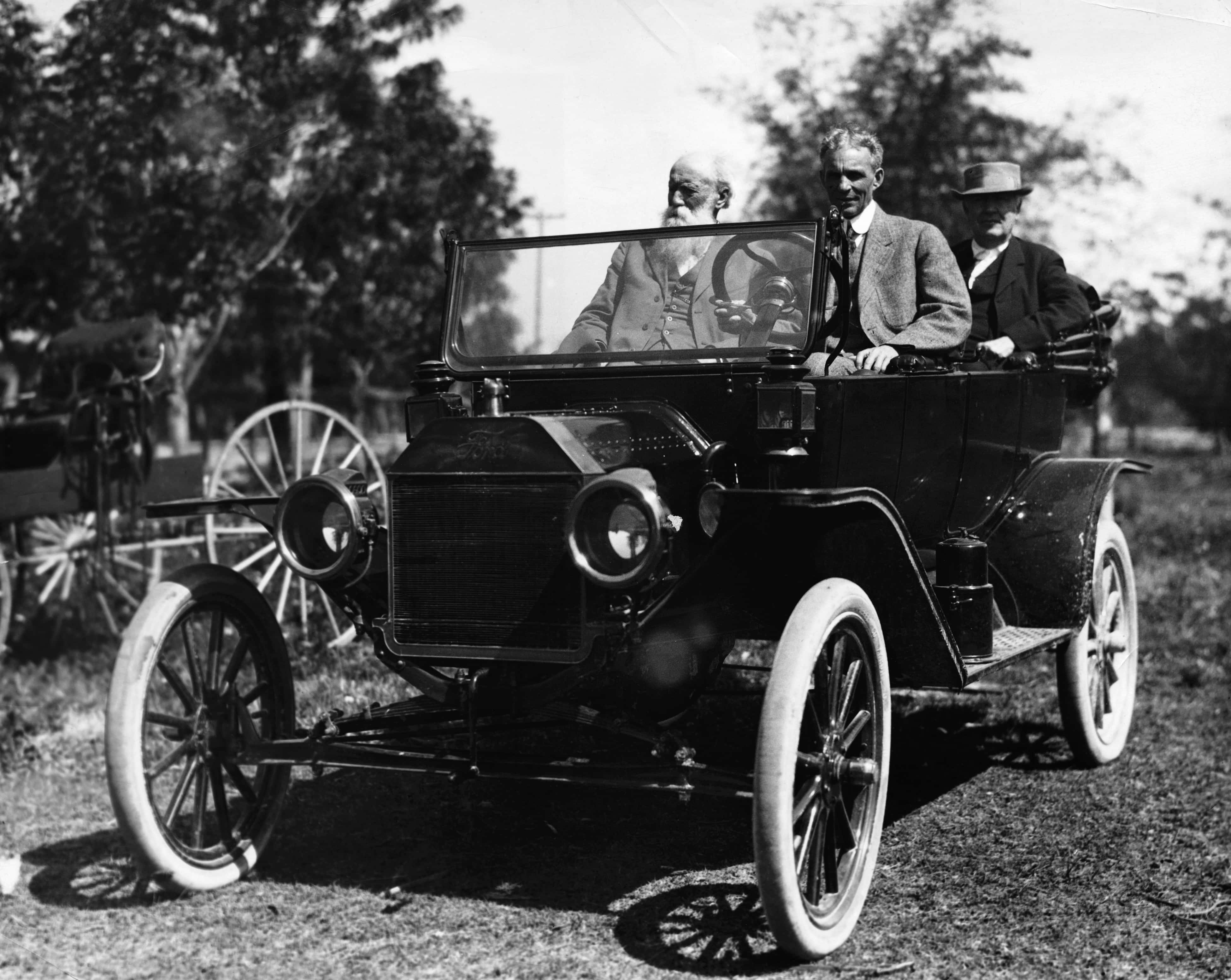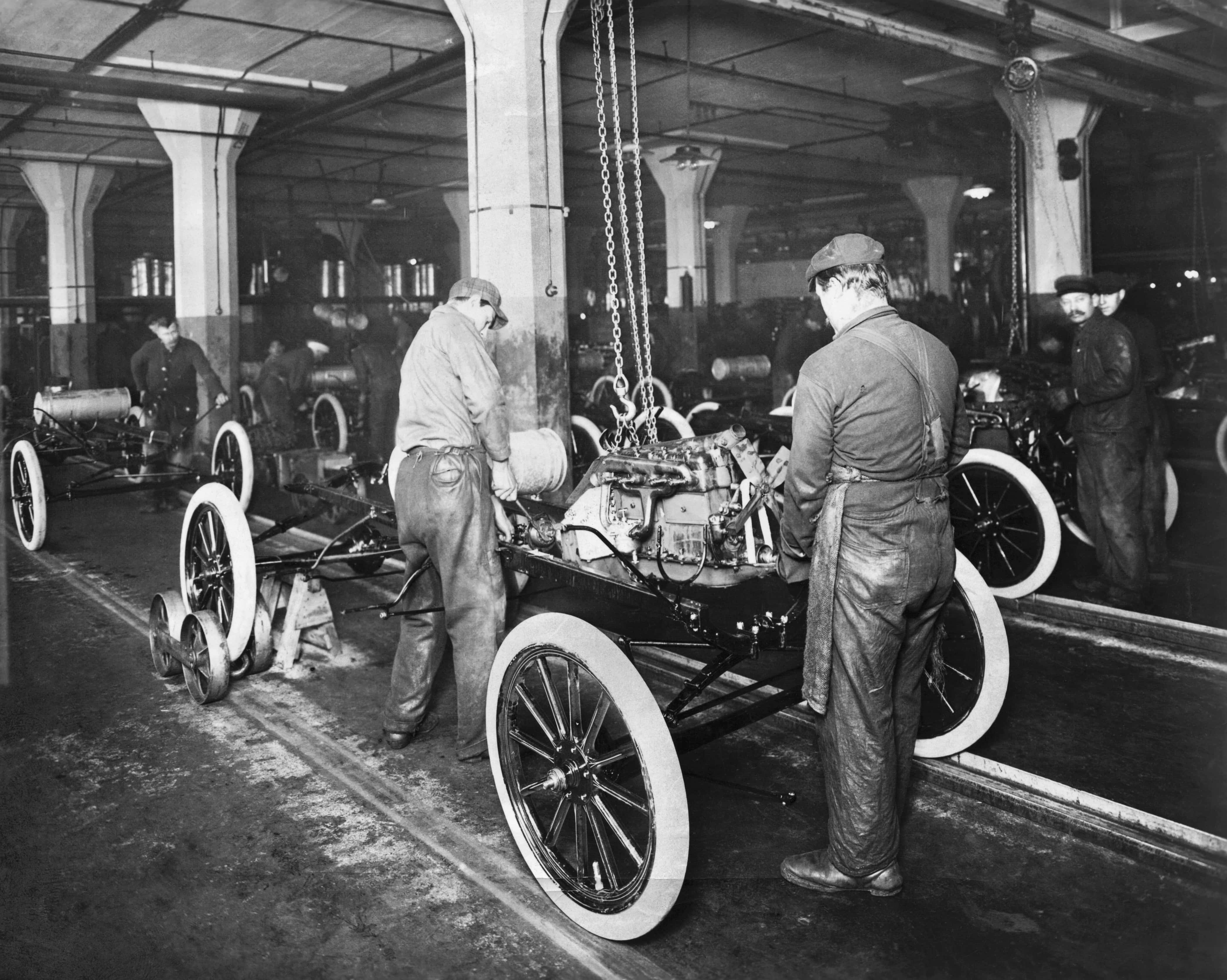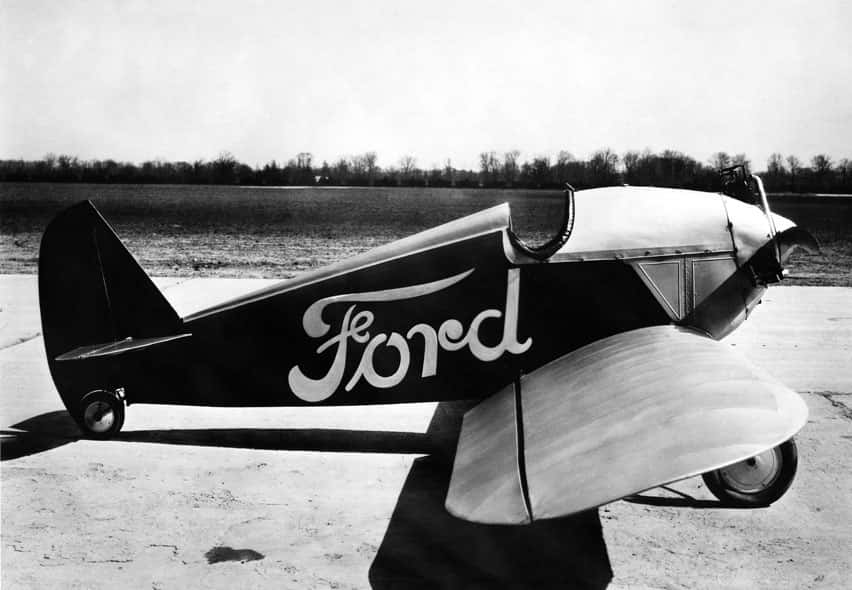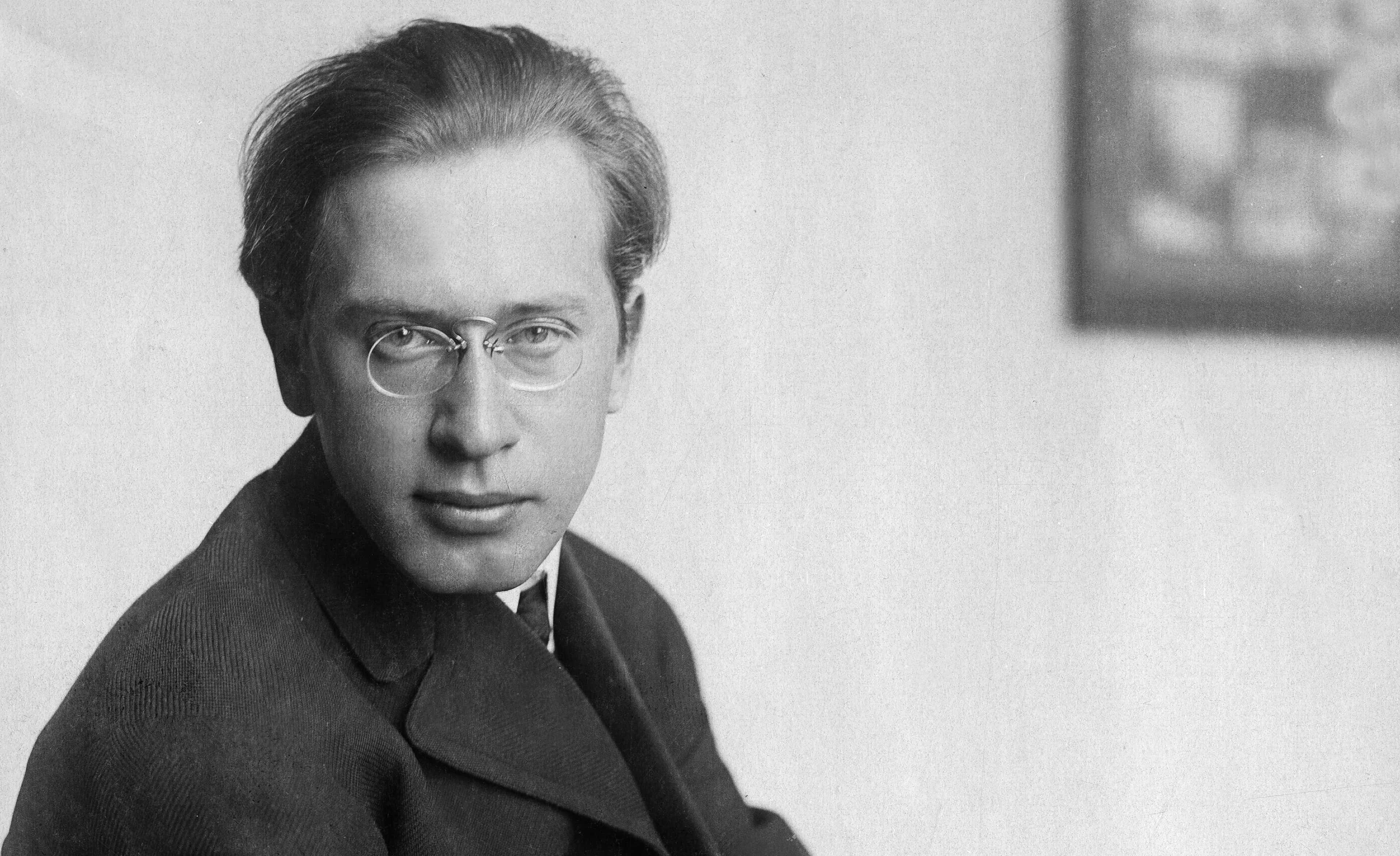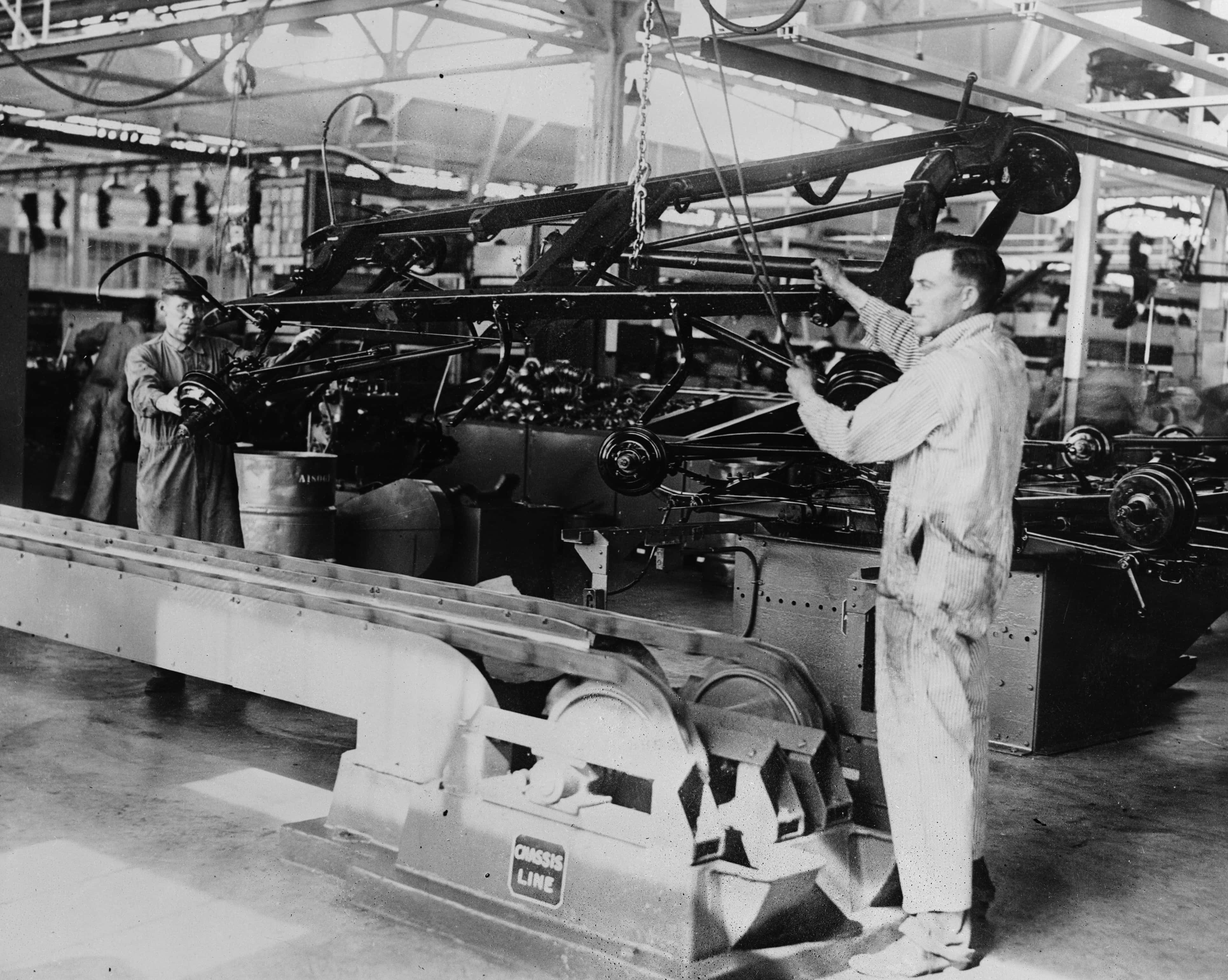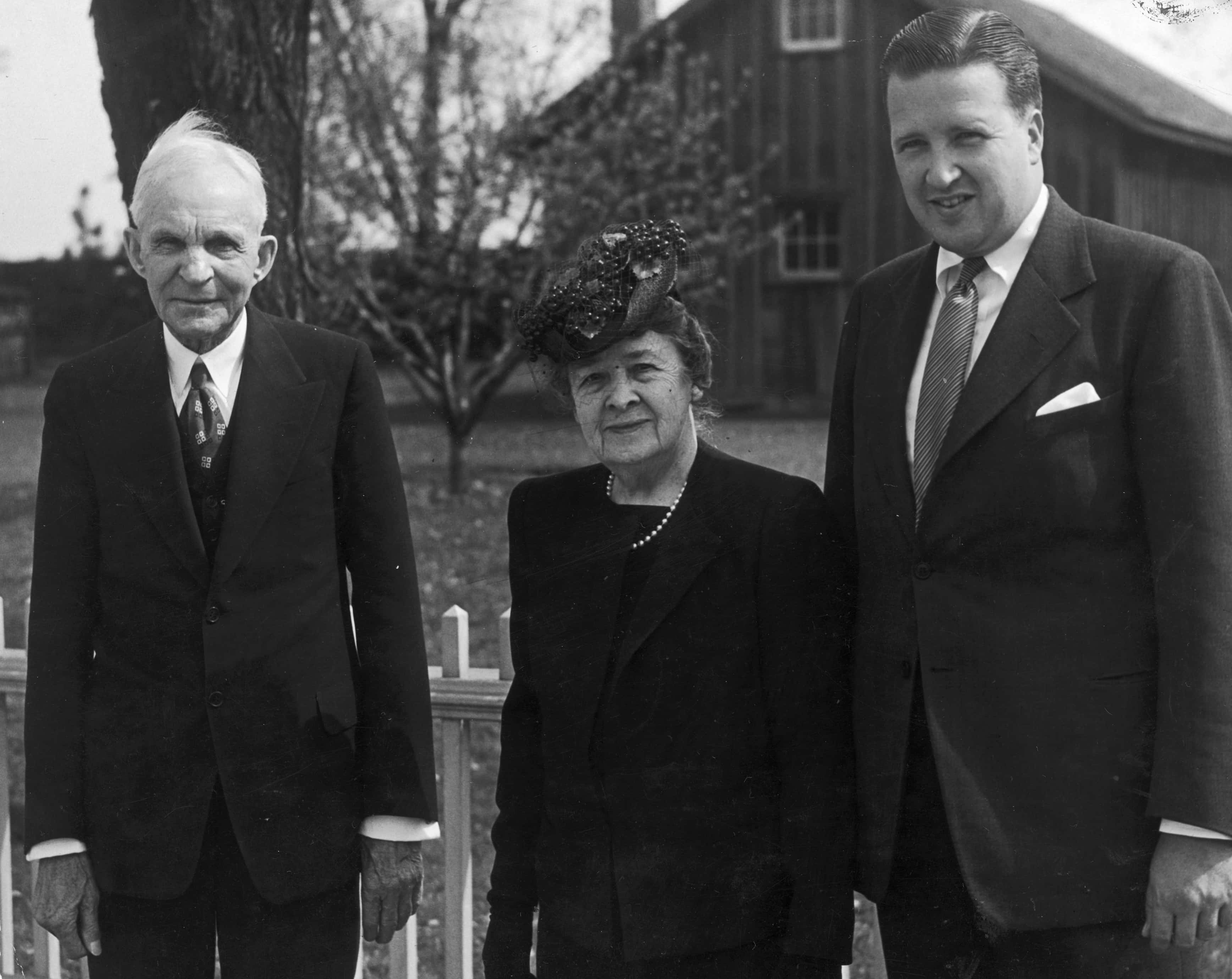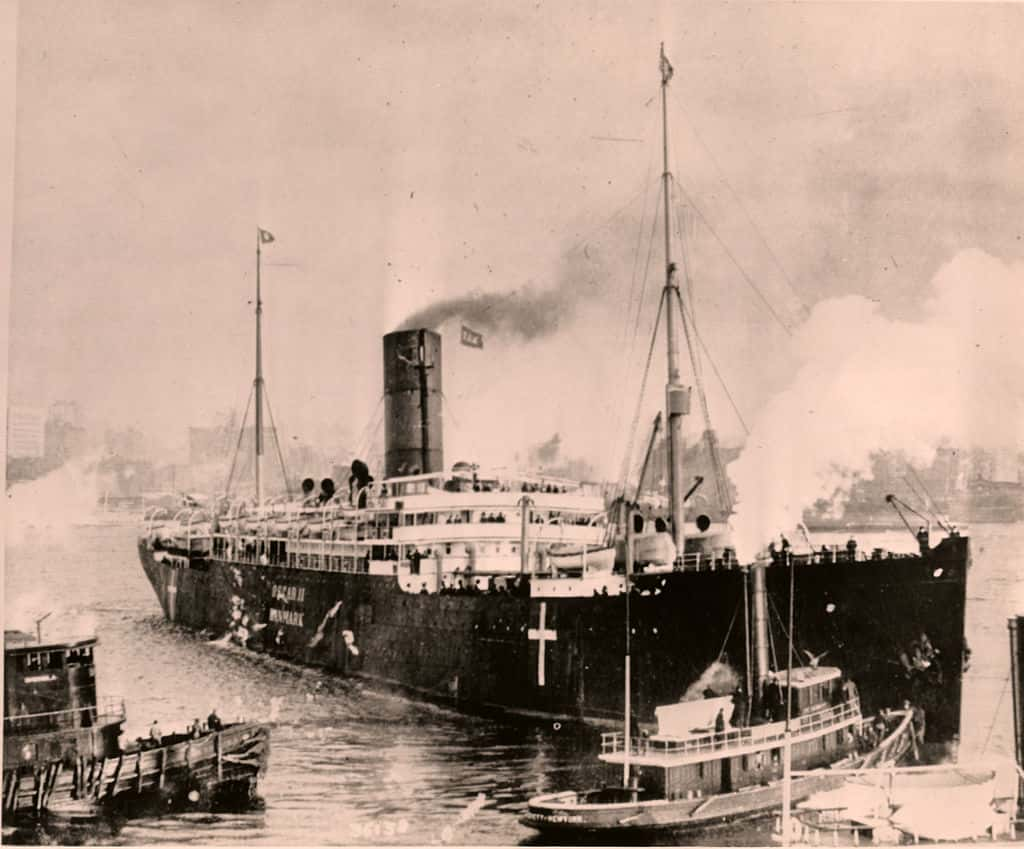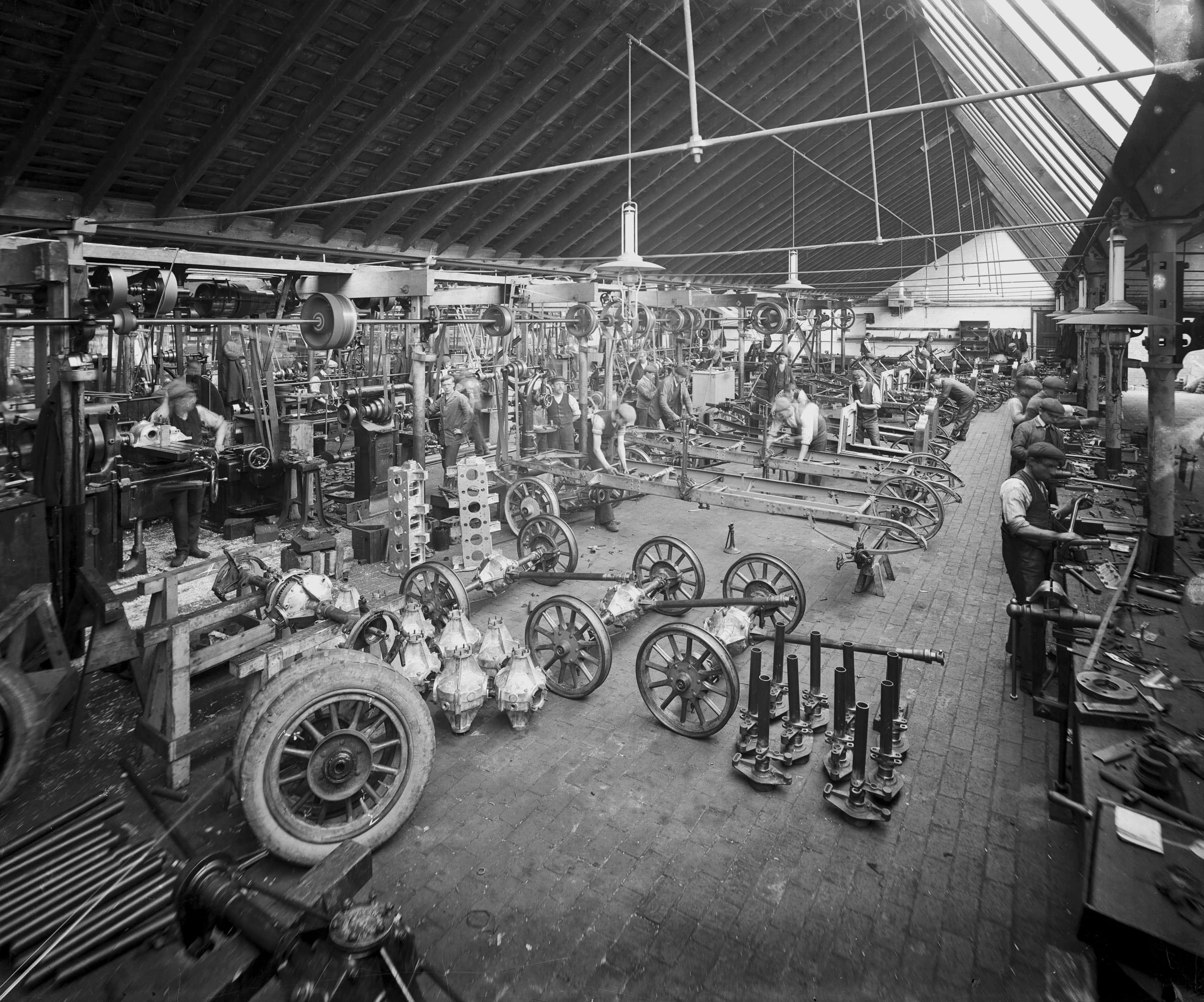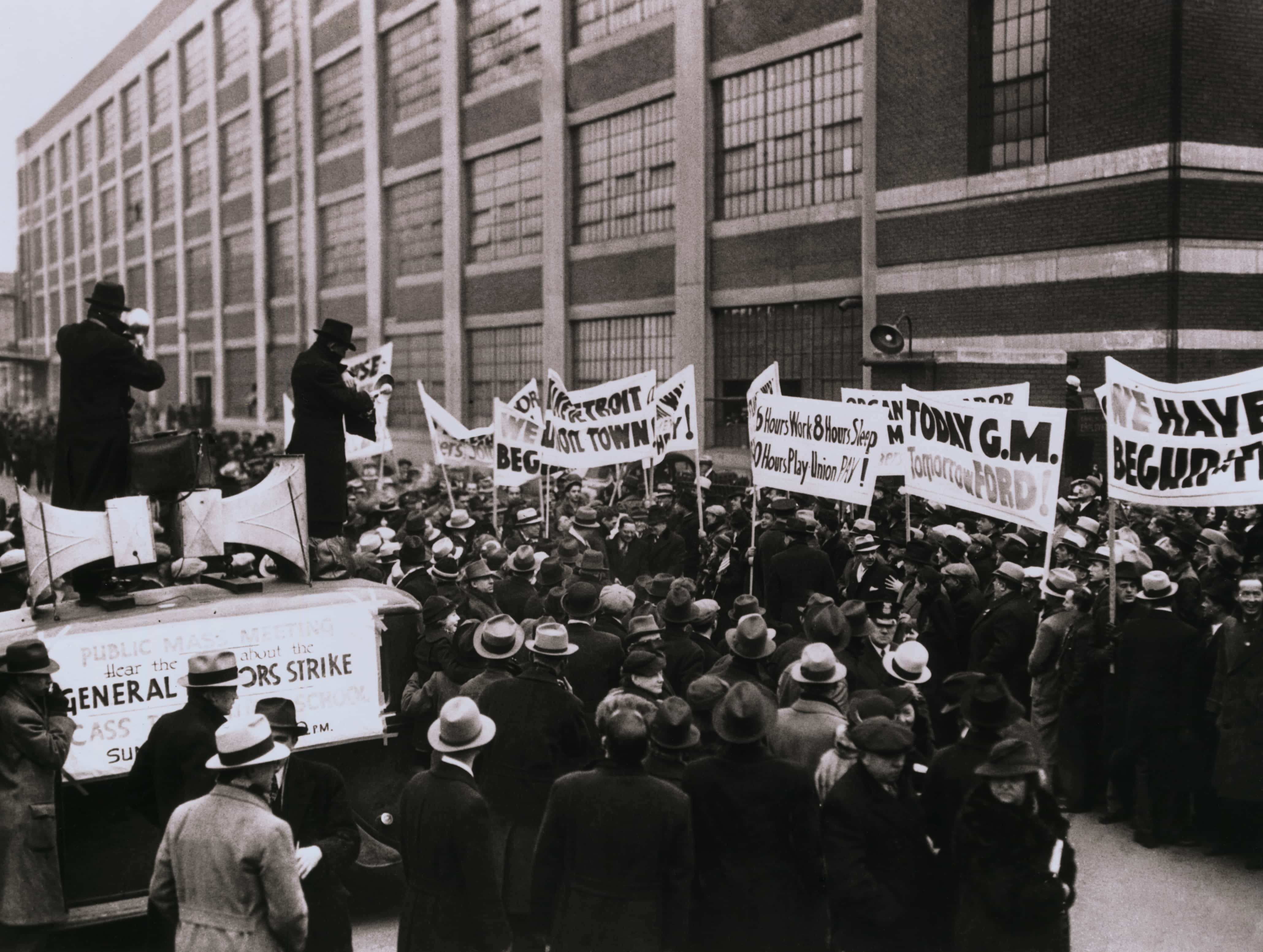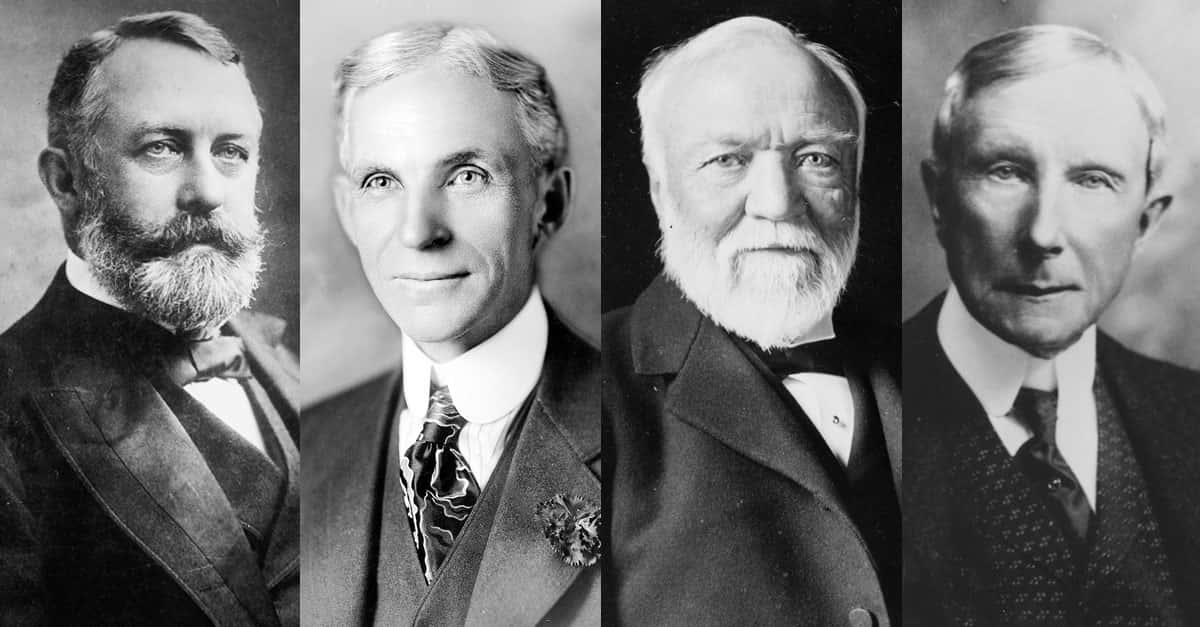Henry Ford is often listed as one of the great American businessmen. Of course, for all his wild successes (of which there were many) Ford nevertheless fell on his face quite a few times as well. How did such an advocate for pacifism during the First World War become a “respected spokesman for right-wing extremism and religious prejudice” afterward? What sort of obstacles stood in Ford’s way as he climbed to the top of America’s automobile industry? Find out more below with our 42 facts about this giant of American industry.
43. Date of Birth
Ford was born on a farm in Greenfield Township, Michigan on the 30th of July 1863. His father, William, was an immigrant from Ireland while his mother, Mary, was the orphaned daughter of Belgian immigrants.
 Wikimedia Commons, Andrew Jameson
Wikimedia Commons, Andrew Jameson
40. He Ruled Supreme
Ford’s success in the early 1900s was such that more than half of all produced automobiles were under the Ford brand!
38. Let’s Just Get It Over With
We’re not sure if this counts as being ironic, but for all that Ford did with cars, he was not a fan of car racing. However, being a businessman, he saw the necessity to sometimes participate in car racing to promote his merchandise. For his efforts, Ford was inducted into the Motorsports Hall of Fame in 1996.
37. Cornering the Market
Ford and his companies were responsible for a third of the entire world’s automobiles being produced in 1932.
36. Mommy Dearest
Ford’s mother died in 1876, leaving him overcome with grief. While this might be expected, what was also expected from Ford’s father was that his son would inherit the family farm. However, Ford refused to do so, claiming that he had never liked the prospect of being a farmer. As he put it once, “it was the mother on the farm I loved.” He would leave home in 1879 to become an apprentice machinist in Detroit.
35. Back to the Well
Despite his hatred for farm work, Ford had to return to farming when he was twenty-five years old. He did this out of necessity to support his family before any of his business ventures really took off.
34. Lost in Adaptation
Ford was played by Cliff Robertson in the 1987 film Ford: The Man and the Machine, which was based on a biography on Ford which had been released the year before.
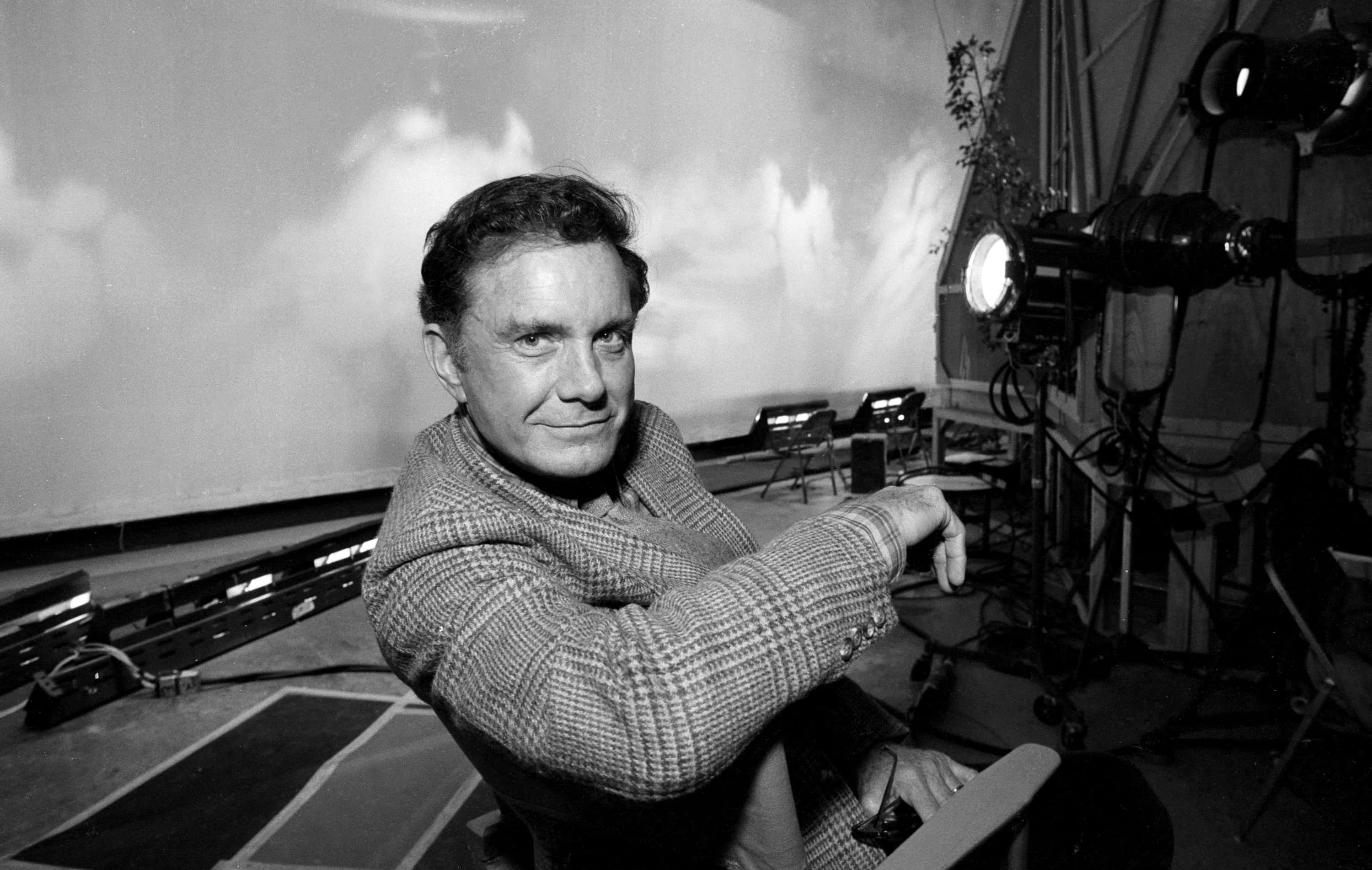 Getty Images
Getty Images
33. No Need to Thank Me
The Ford Model T was produced from 1908 to 1927 and sold more than 16.5 million cars! It’s even been named “the most influential car of the 20th century.”
32. Seriously, No Need
Despite the Ford Model T’s wild success and influence on American society, there were serious issues with a car that was made as cheaply and quickly as possible. They required constant maintenance and repair, until those costs far outweighed what would have been spent on a more expensive, better-kept car.
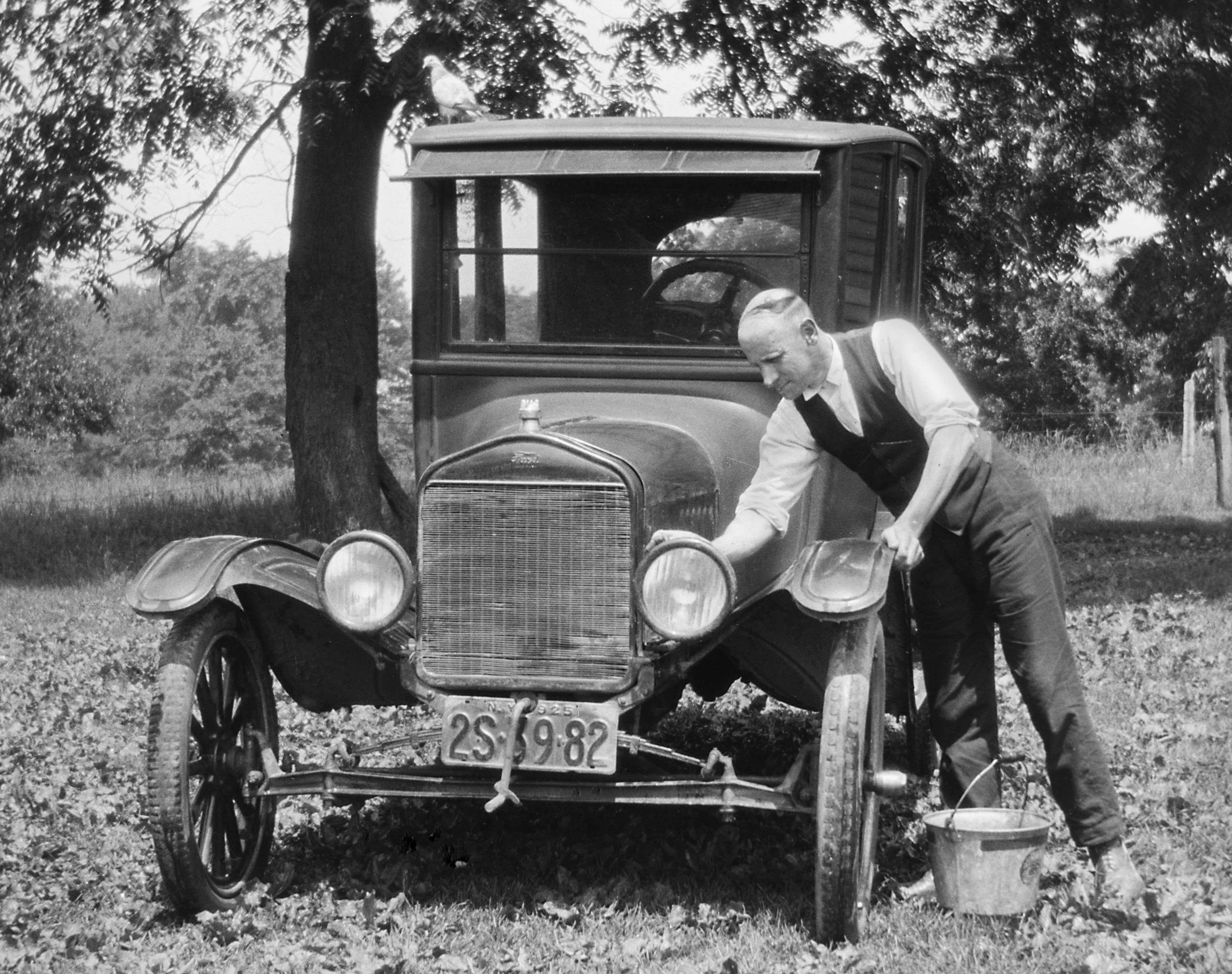 Getty Images
Getty Images
31. Let’s Fly!
By the time of the First World War, Ford had secured his name within the automobile industry, and he turned his eye towards a new market which had recently emerged. The Ford Airline Company was formed to capitalize on the aviation industry. However, it was a financially unsuccessful endeavor.
30. I’ll Have That!
One of Ford’s great passions was inventing. Ford had a great respect for innovation and invention making the world a better place. As a result, Ford had no fewer than “161 unique patents to his name.”
29. You’re Welcome?
Incredibly, one of the big fans of Ford’s cars was none other than the notorious outlaw Clyde Barrow! While he was on the run around the countryside with Bonnie Parker, Barrow famously wrote to Ford, thanking him for his incredible cars, which were proving so useful during bank robberies. Safe to say it’s not quite the celebrity endorsement you can boast about in polite society.
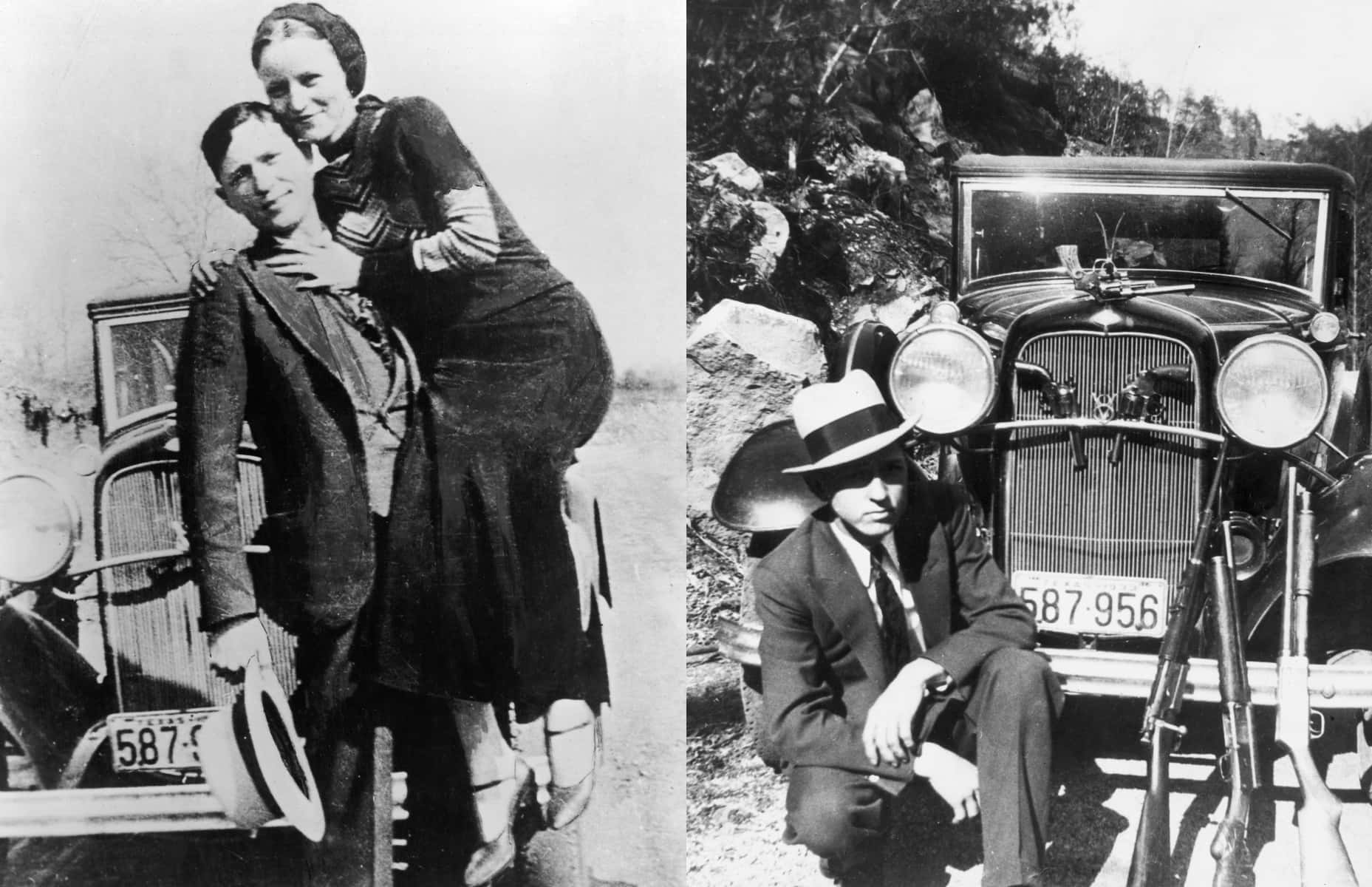
28. Get That Man in the Oval Office!
By 1916, Ford’s popularity was such that “Ford for President” clubs were developed in the hope that Ford would run. However, it was none other than Ford himself who put the kibosh on that would-be presidential campaign. Ford was uninterested in running for political office, though he would change his mind later on (more on that later).
27. Born Innovator
In his youth, Ford was given a watch by his father (for those who are confused, watches were what we used to tell time before cell phones existed). After dismantling it and putting it back together enough times, Ford figured out how to repair watches for those around him. He even made his own screwdriver and tweezers out of a filed shingle nail and a corset stay!
26. Settling Down
On the 11th of April 1888, Ford married Clara Jane Bryant. Their one child, a boy named Edsel, would predecease Ford.
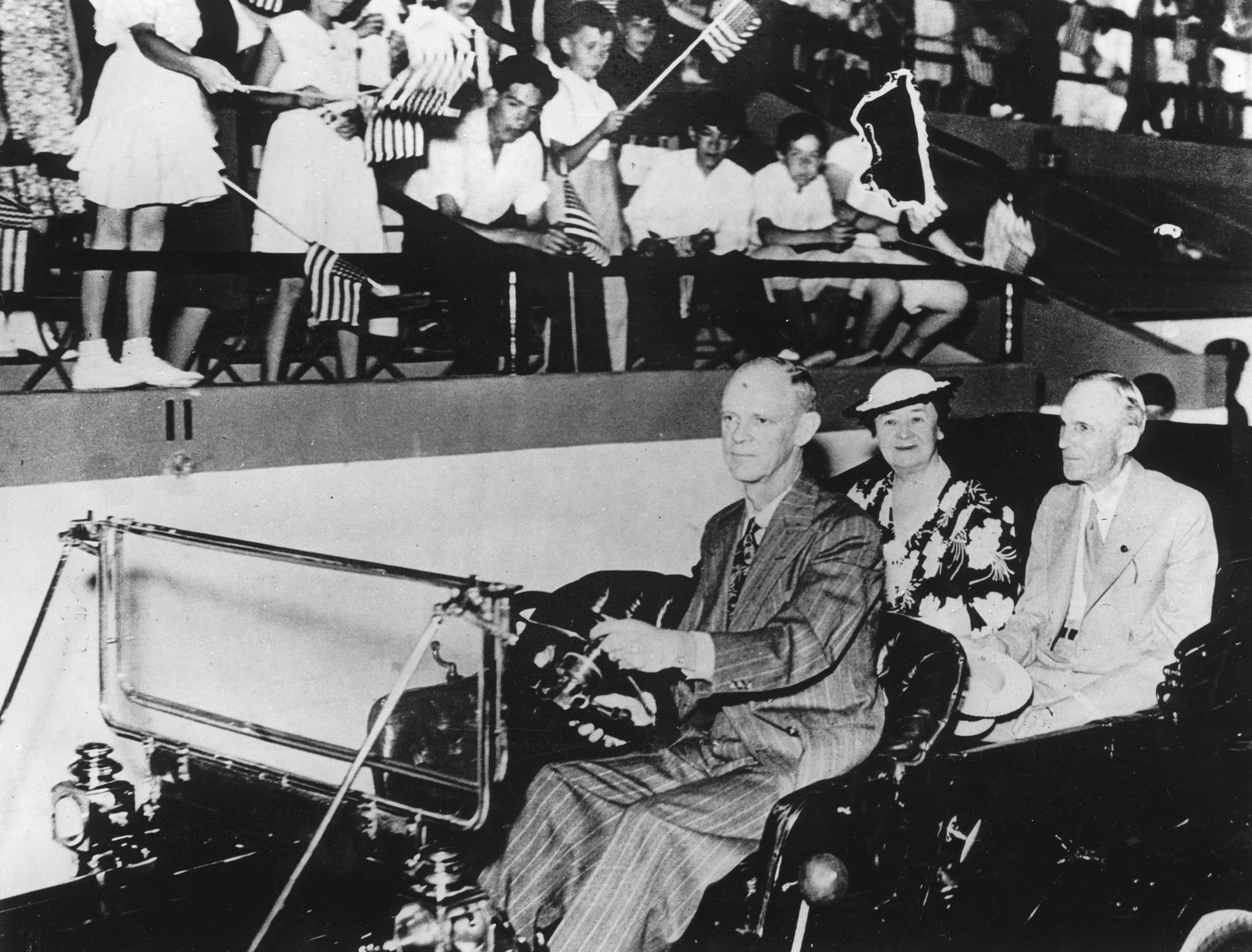 Getty Images
Getty Images
25. Long-Lasting Effect
In 1929, Ford brokered a deal to help develop the first automobile plant in Soviet Russia. The Gorkovsky Avtomobilny Zavod (GAZ) was established in 1932 and is operational to this day.
24. It’s on Now!!
Before Ford and Woodrow Wilson became a pro-peace team, they bitterly disagreed over the President sending US troops into Mexico to deal with Mexican revolutionaries. Ford made his opposition so clear that he was described by the Chicago Tribune as an “ignorant idealist.” This was back before the media stopped holding back in personal attacks, so for the time, this label was enough to make Ford sue the newspaper on the grounds of defamation.
23. Ford v Tribune
The subsequent defamation trial lasted more than fourteen weeks. In the effort to prove that their description of Ford being “ignorant” was correct, Ford was told to answer questions which were the standard for high school at the time. When Ford failed to answer them correctly, the press had a field day. In a ruling that’s gone down in history, the jury did ultimately rule in favor of Ford, but rather than Ford’s demand for $1 million in damages, he was only awarded six cents. To add insult to injury, the Tribune never even paid it out.
 Pxhere
Pxhere
22. Was He a Stonecutter Too?
Ford was a member of the Freemasons. According to the Freemasons themselves, Ford “was raised in Palestine Lodge No. 357, Detroit, in 1894.”
21. Was That in Your Crystal Ball?
One of Ford’s interests was developing an engineered wood. He was convinced that “better wood can be made than is grown.” Ford proved farsighted, as the world later invented plywood and particle board.
 Wikimedia Commons,
Wikimedia Commons,
20. So Much for Free Will
In 1928, Ford was interviewed by George Sylvester Viereck for the Detroit Times, and he claimed that he wasn’t actually responsible for any of his actions. Instead, so he claimed, every action or idea that he ever carried out was sent to his brain via a “Master Mind,” though he also called it a “Great Spirit.” Either way, Ford credited this entity for pushing him throughout his life to what he did, claiming he didn’t do anything by his own choice.
19. Political Cheapskate
In 1918, Ford was encouraged by US President Woodrow Wilson to run for the US Senate on the Democratic ticket. Wilson was pushing desperately to get a majority of support, so he could ratify the American entry into the newly formed League of Nations (or as some people would call it, “United Nations: Take One”). Despite being a Republican before 1918, Ford agreed, albeit with a condition, which he made clear in a letter to the President. As he stated, “If they want to elect me let them do so, but I won’t make a penny’s investment.” Unfortunately for Wilson, Ford lost the seat by just 4,500 votes.
18. Business Over Personal
For all his pacifism and opposition to the US entering the First World War, his company became a prominent developer of weapons after the Americans joined the war in 1917.
17. Succession Crisis
Ford’s son, Edsel, died in 1943 of cancer. In the wake of this personal tragedy, Ford resumed control of his company, despite being considered physically and mentally unfit to be in charge. His resuming of power didn’t last long, and in 1945, he ceded power to Edsel’s son, who was named after his grandfather.
16. This Will Work!
Many people during the First World War tried their utmost to stop the carnage from getting worse. Ford was one such individual, but his scheme was a bit more outlandish than protesting or pushing governments to act differently. Instead, Ford acquired an ocean liner which he called his “Peace Ship.” His plan was to sail it to Europe and persuade the soldiers of both sides to “go on a general strike.” Yes, the consummate businessman who despised unions wanted the soldiers of World War I to strike against their respective nations’ governments. To further emphasize his point, Ford adorned his ship with a white cross and brought along nearly sixty reporters to witness the miracle unfold.
15. At Least He Tried, Right?
Those of you who remember your history of the First World War will doubtless remember that no such general strike occurred, but even that knowledge doesn’t really emphasize just how badly Ford’s high-minded plan failed (admirable as it was to try and put an end to war). Ford was ridiculed in the press, with some in the UK even labeling him “Pro-German.” Meanwhile, when Ford reached Denmark, a grand total of eight people arrived to welcome him in. It’s little wonder that Ford got "sick" and quietly went back home on a Norwegian ship.
14. Put That Out!
Rare for his time, Ford was deeply opposed to cigarette smoking. Ford even published a book which detailed all the health concerns with smoking.
13. Prince of Productivity
One key to Ford’s big success was the moving assembly line. Developed in 1913, it was the first of its kind, and it revolutionized mass production. Before Ford, the chassis of a car took around 728 minutes to complete. With the moving assembly line, Ford reduced that production time to 93 minutes!
12. Just Got Paid!
Another key to Ford’s success was his belief in the idea that his workers should be able to benefit personally from their labors. His strategy was to pay his workers enough so that they could each buy one of the cars which they spent their days building. This required keeping the price of cars low (which was easy given how quickly Ford was able to make them) and also paying the workers double the standard wage of the time. Naturally, this helped with overall worker happiness and productivity while on the job.
11. Prestigious Rest
On the 7th of April 1947, Ford died of a cerebral hemorrhage at the age of 83. He was buried, fittingly, in Ford Cemetery in Detroit.
10. Typical Thug
Like many company heads, Ford was deeply critical of labor unions. Also like many company heads of the time, Ford resorted to violent measures to suppress and crush union movements. On the 26th of May 1937, a security detail under Ford’s direction assaulted members of the United Automobile Workers (UAW). To add insult to injury, police officers witnessed the attack without taking any action to intervene.
9. I’m a Salt of the Earth!
Ford had a notorious dislike for experts. He once wrote “If I ever wanted to kill opposition by unfair means, I would endow the opposition with experts.” This meant that Ford Motor Company didn’t employ anyone with “advanced engineering or design engineering skills.” The company didn’t even have a proving ground for their cars, causing them to test them out on the public roads!
8. A City of Dreams and Profits
One element which is very valuable and important to the automobile industry is rubber. Found in the tropical regions of the world, it made sense to a prudent businessman to try and acquire direct access to rubber. Ford’s plan, like so many of his other plans, went above and beyond the usual ideas. In the 1920s Ford brokered a deal with the Brazilian government to get access to 2.5 million acres of their land. Ford cemented the plan to establish a town called Fordlandia on the purchased land.
7. Pride Cometh Before the Fall
Unfortunately, Fordlandia was riddled with problems that were both natural and man-made. Ford hired local Brazilian workers to live in the town and work for his company, but things went south when he imposed a series of harsh rules upon them. “Alcohol, women, tobacco, and even football” (the soccer version) were banned in the town of Fordlandia. Then the rubber trees were unnaturally planted close together on the plantation, which made them vulnerable to diseases and insects. The final straw came when the workers rebelled over the American food being served to them. They took over the town and drove out the foreign managers. Although the revolt was suppressed, the investment failed to provide results, leading to Fordlandia being abandoned.
6. Ford’s Prejudice Manifest
In 1919, Ford purchased a weekly newspaper known as The Dearborn Independent and published it until 1927. The pacifist Ford was convinced that Jewish financiers around the world were responsible for causing wars purely for monetary benefits. That was just one of many negative things that Ford blamed on the Jewish people. Now, with a newspaper, he printed his anti-Semitic thoughts for all the world to see. The scariest part of that was how popular he was.
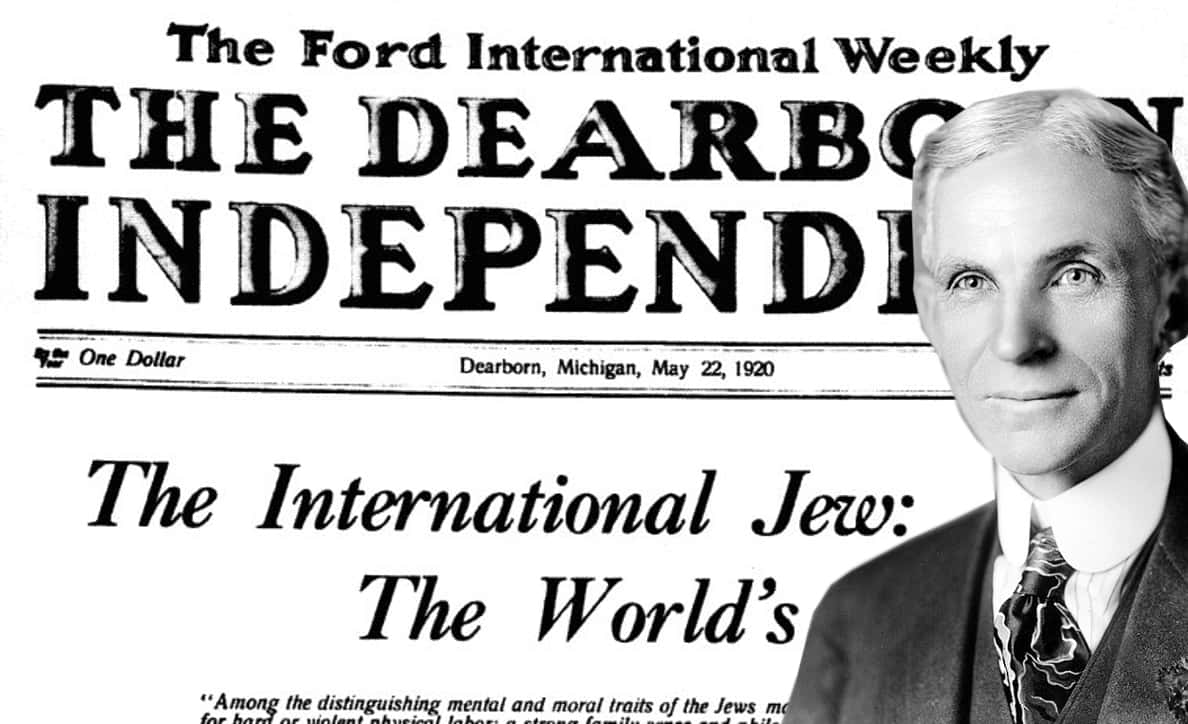
5. The Manifesto That Nobody Should Want
As if printing an anti-Semitic newspaper wasn’t enough for Ford, a book titled The International Jew was also released. It was comprised of “the most popular and aggressive stories” which had been printed by The Dearborn Independent.
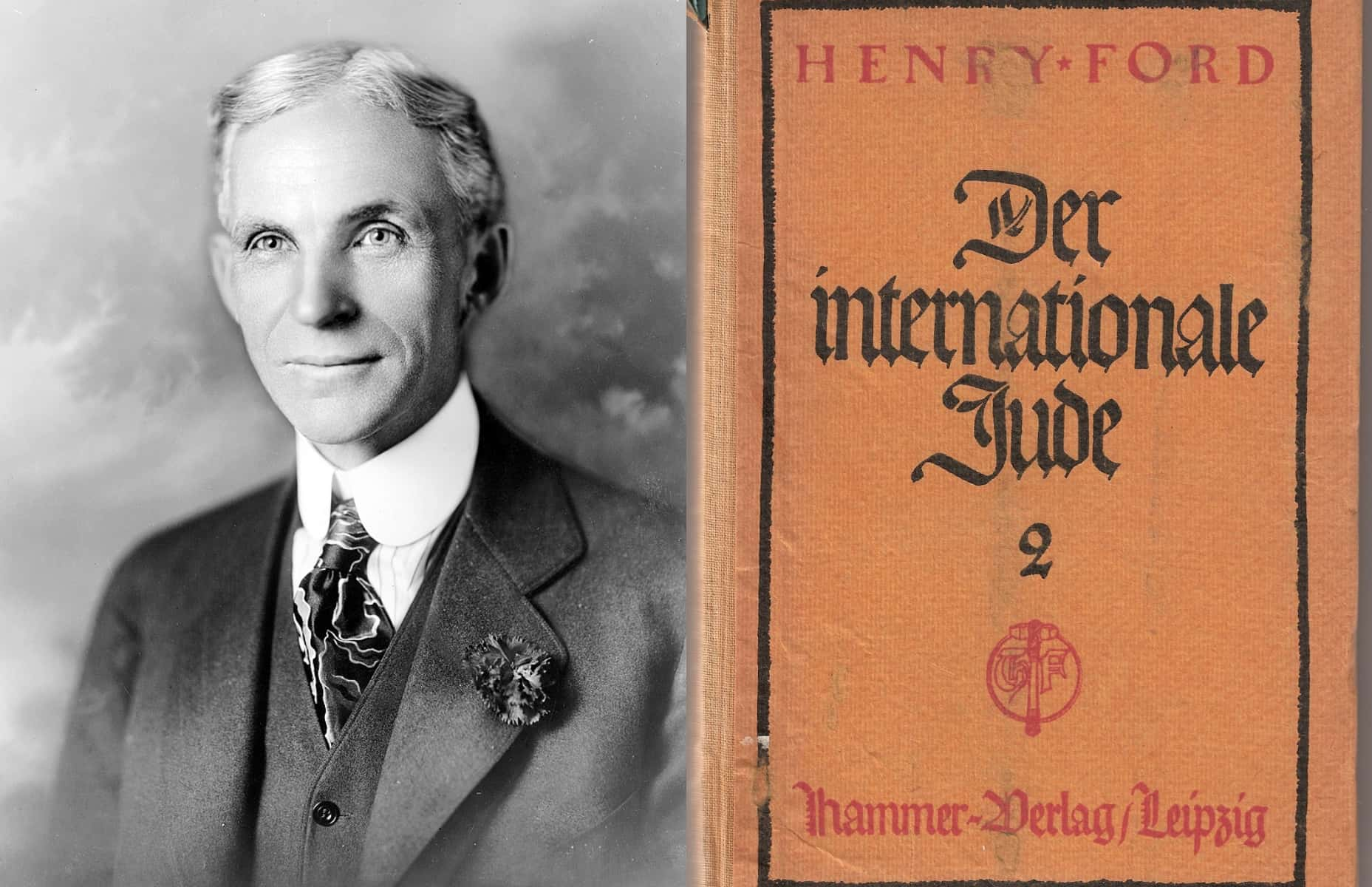
4. Faint Praise, to Put it Mildly
Although a libel lawsuit eventually led Ford to shut down The Dearborn Independent, the newspaper articles, and the accompanying book, were translated into other languages and distributed abroad during the 1920s. They found a particularly enthusiastic response in Germany. Nazi leader Baldur von Schirach named Ford’s papers as the reason why he became an anti-Semite. Adolf Hitler himself mentioned Ford positively in his book Mein Kampf, and Ford was eventually awarded the Grand Cross of the German Eagle by the Nazis in 1938.
3. It’s Not Personal; It’s Not Even Ethical
Ford was adamantly opposed to the US entering World War II, but he was quick to exploit it for his own advantage. When the US was still neutral, and its diplomatic ties to Nazi Germany were still operational, Ford had a partnership which led to Ford-Werke being established in Germany. The factory there made use of hundreds of French prisoners-of-war working as slave-laborers. You might know that this kind of action was a violation of the Geneva Convention of 1929, but that didn’t stop Ford making a profit when he saw one.
2. Oh Snap!
Ford’s stubbornness and dislike for experts proved his undoing on one occasion where a large generator needed to be repaired. Electrical engineer Charles P. Steinmetz was brought in to fix it. On the second day of examining the generator, Steinmetz drew a mark in chalk on one side and “told Ford’s engineers to remove a plate at the mark and replace 16 windings from the field coil.” This did the trick, but Ford’s happiness was short-lived when he received a $10,000 bill from Steinmetz. When Ford demanded a detailed list of expenses to justify that money, Steinmetz sent back his famously savage reply:
“Making chalk mark on generator: $1
. Knowing where to make mark: $9999.”
1. Bad Name, Worse Results
With a desire to put everyone into the air after he got everyone into a car, Henry Ford designed and built a flying car in the 1920s. Named the Ford Flivver (you read that right), this flying car was a one seater aircraft that weighed just 350 pounds and boasted a whopping 35-horsepower engine. Dreams of selling a flying car would soon crash, however, after a test run in 1928 ended with the pilot crashing into the ocean. Sadly, the pilot’s body would never be found, and Ford would abandon his plans.
 Wikimedia Commons
Wikimedia Commons

